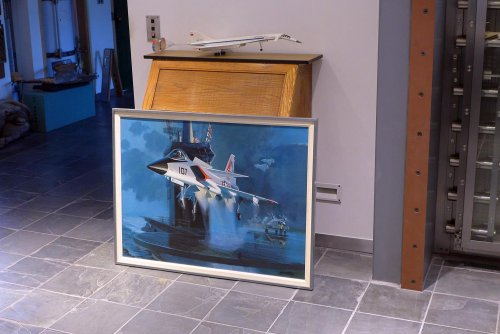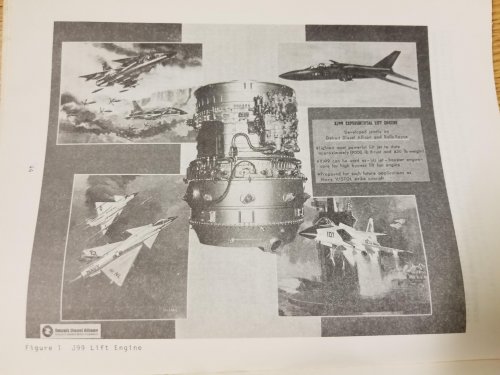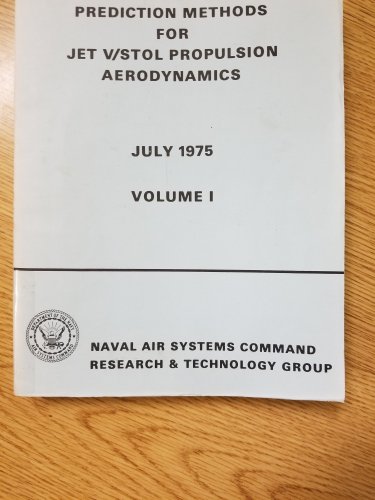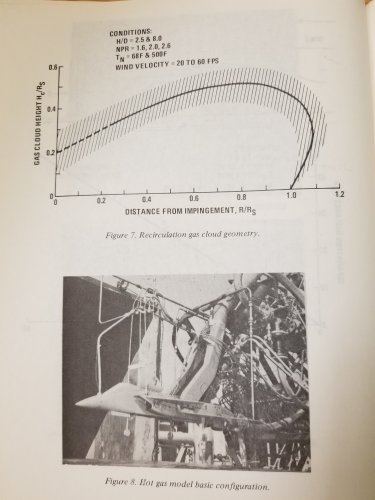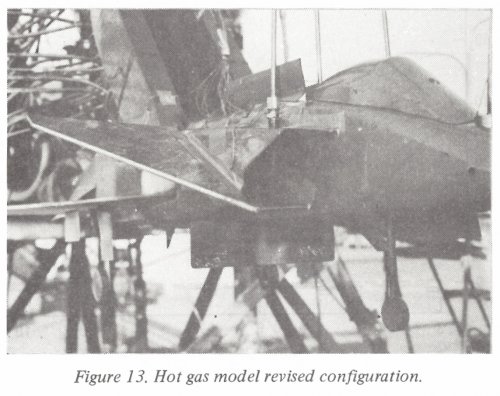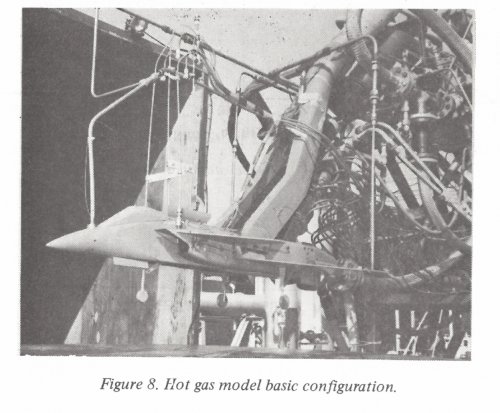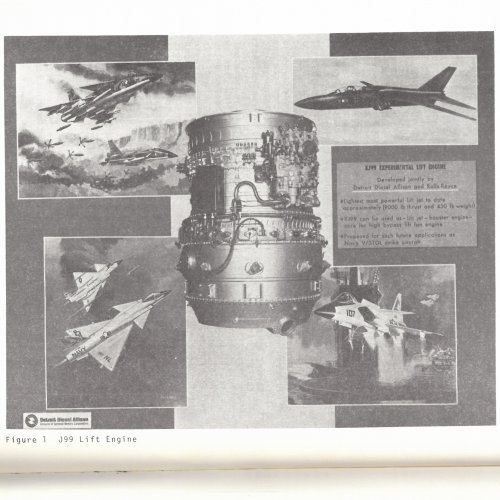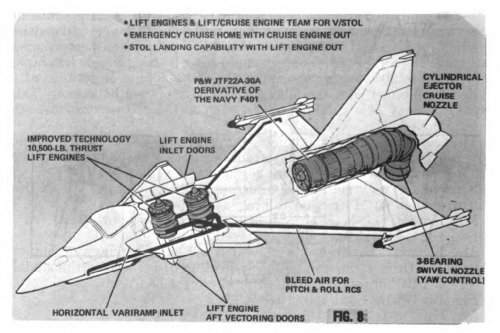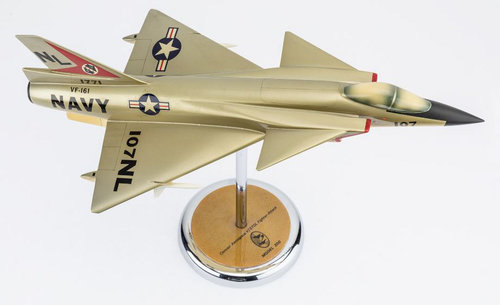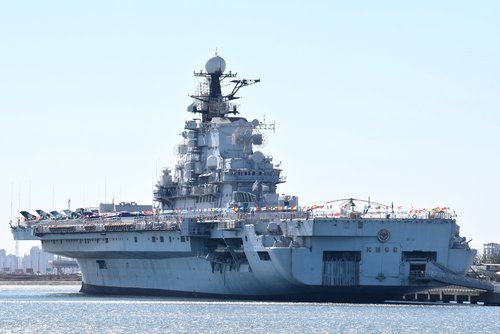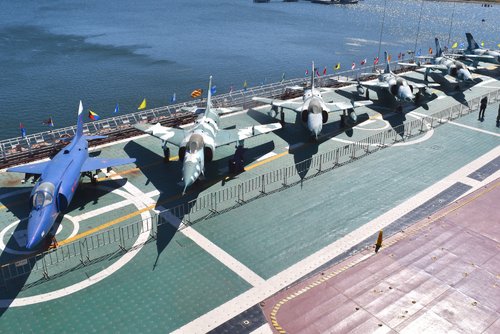- Joined
- 31 May 2009
- Messages
- 1,154
- Reaction score
- 662
The original painting of that illustration was discovered a few years ago, forgotten and unwanted in a San Diego art store. It's a nice scene with a CL-84 on deck (Canadair was owned by General Dynamics at the time, so it made sense to push another GD VTOL product in the background). I can't clearly make out the name of the artist, unfortunately.
It's interesting to see how Convair solved the hot gas recirculation issue by having their Model 200 land on a perforated platform. Simple, cheap and effective – ideal for a Sea Control Ship.
It's interesting to see how Convair solved the hot gas recirculation issue by having their Model 200 land on a perforated platform. Simple, cheap and effective – ideal for a Sea Control Ship.

